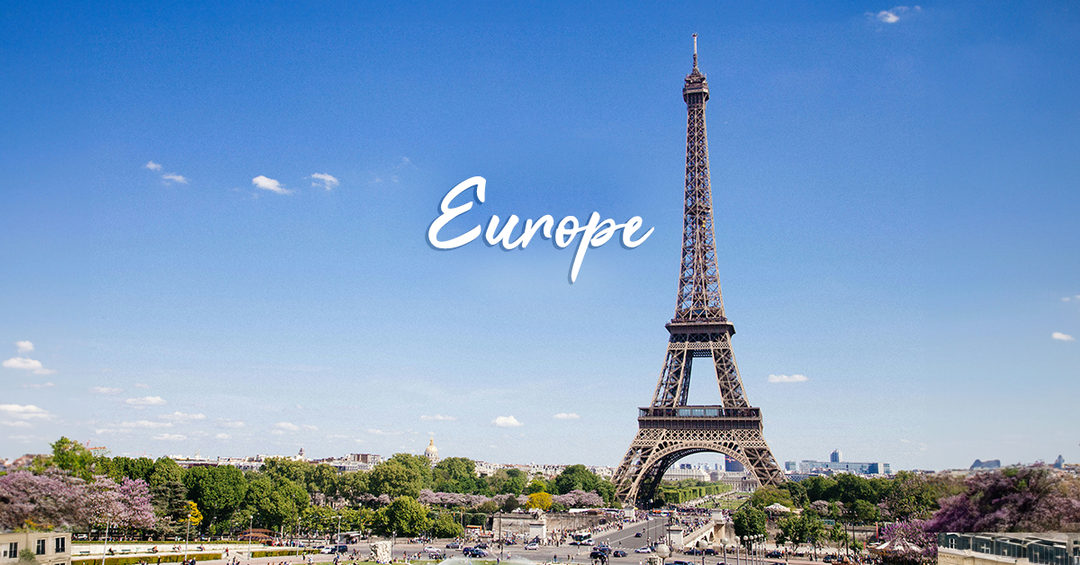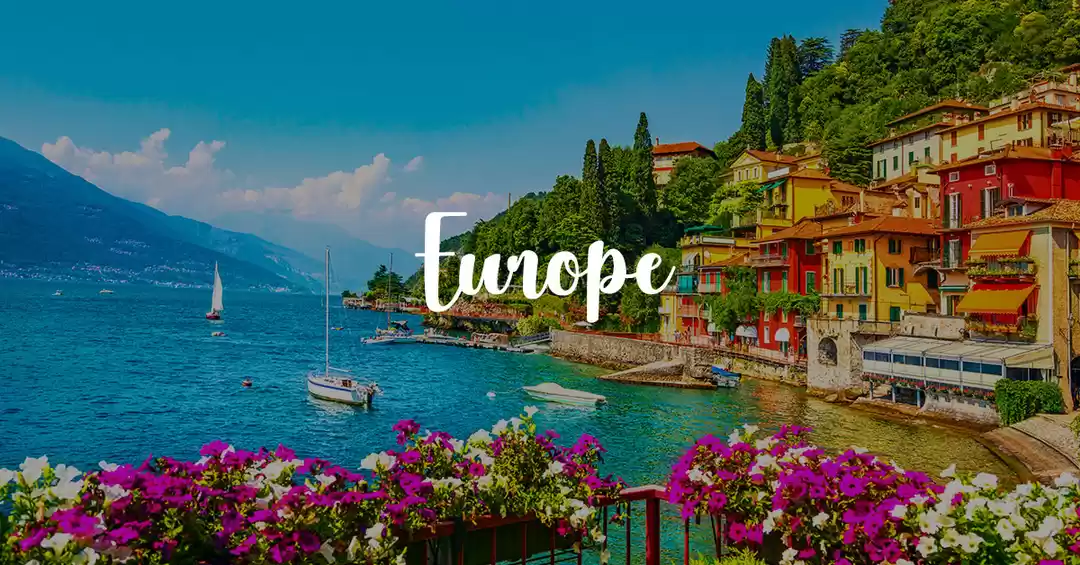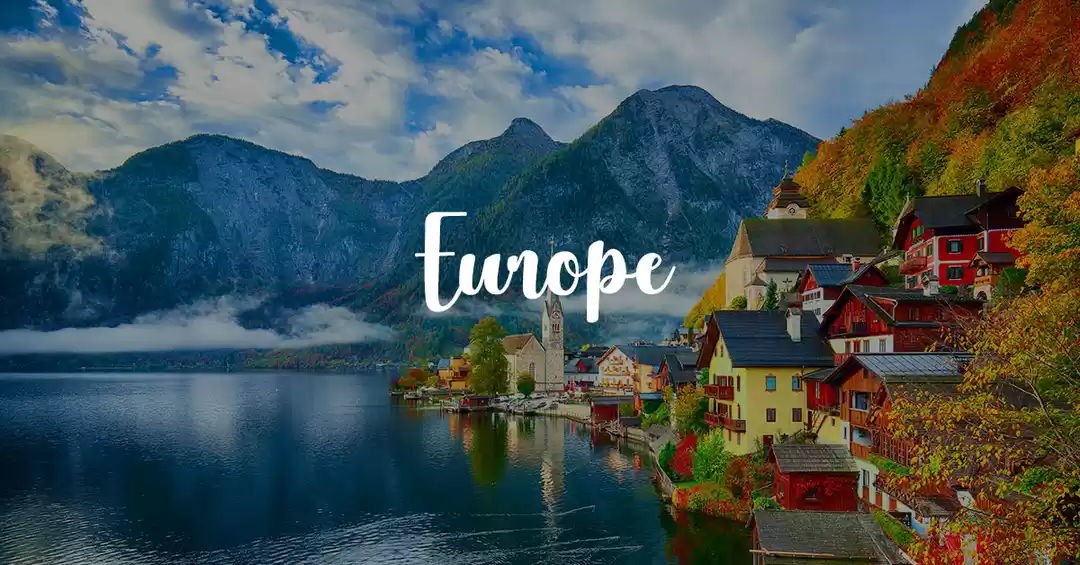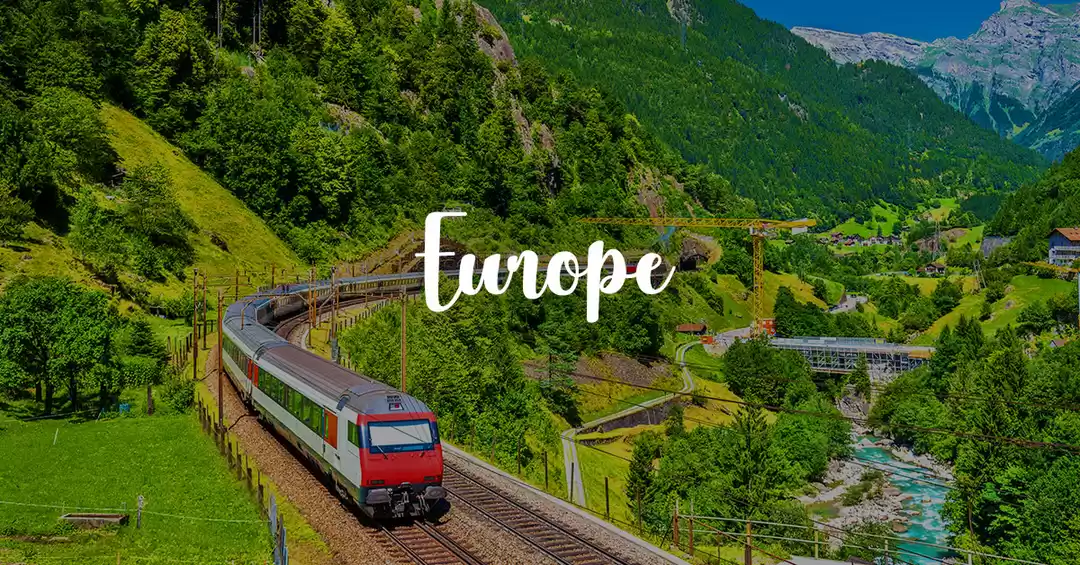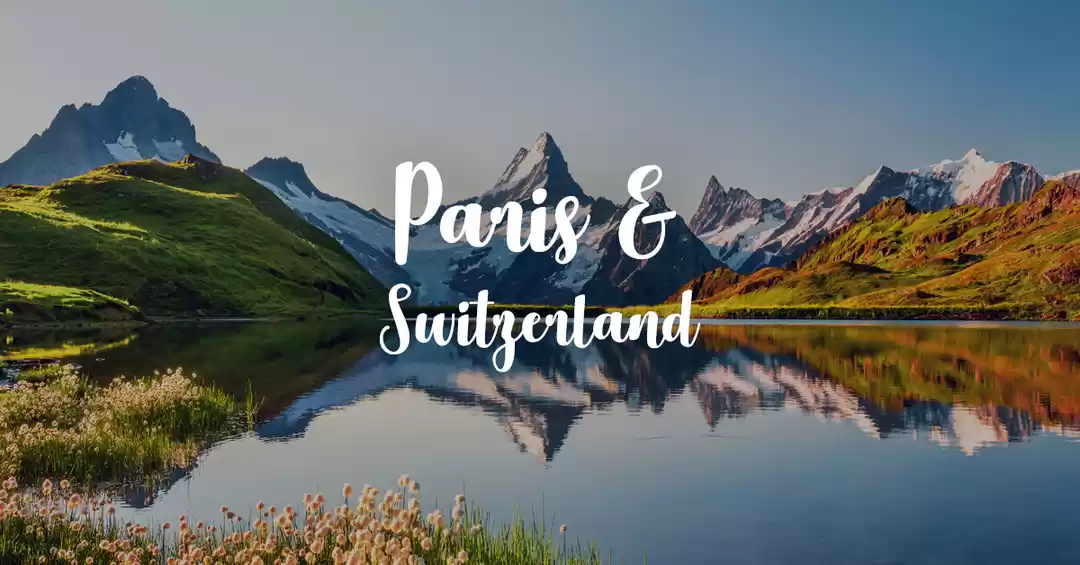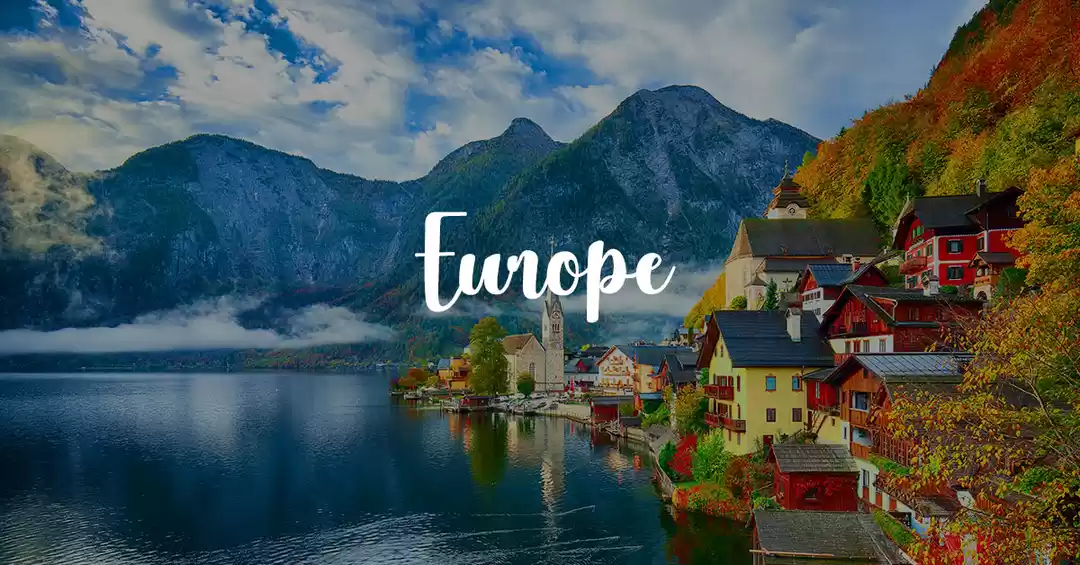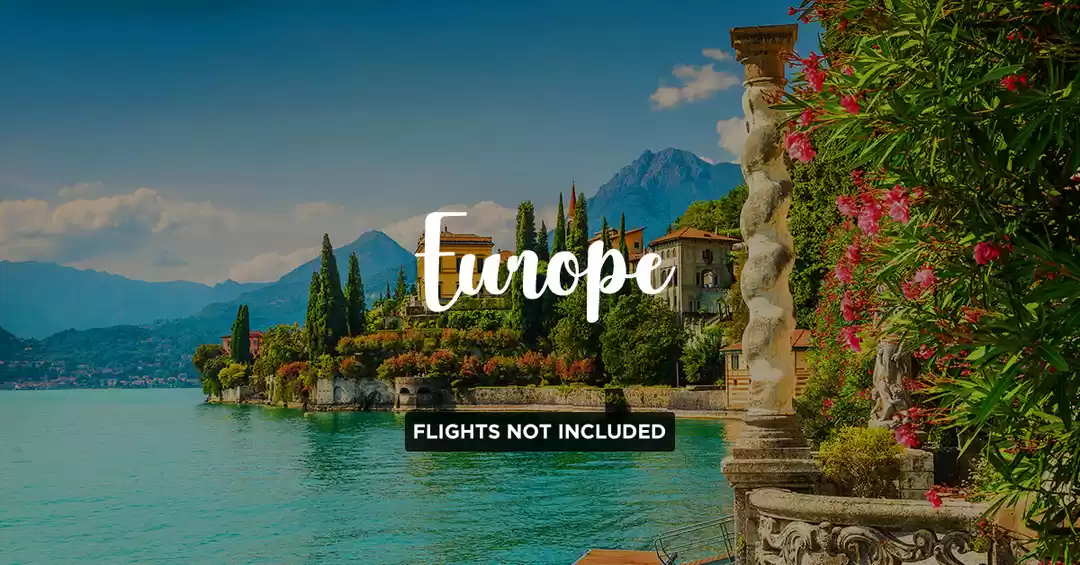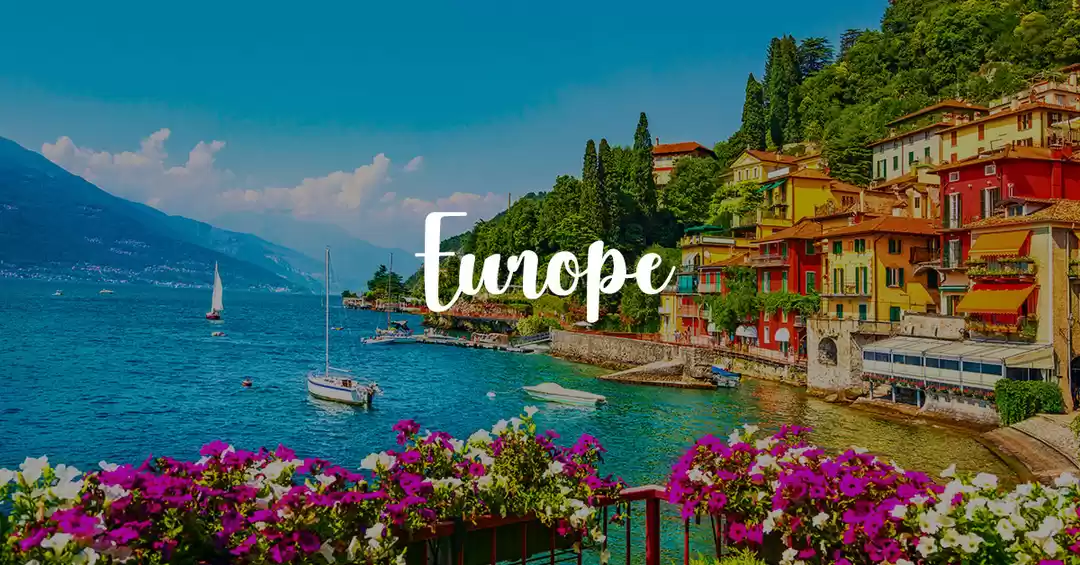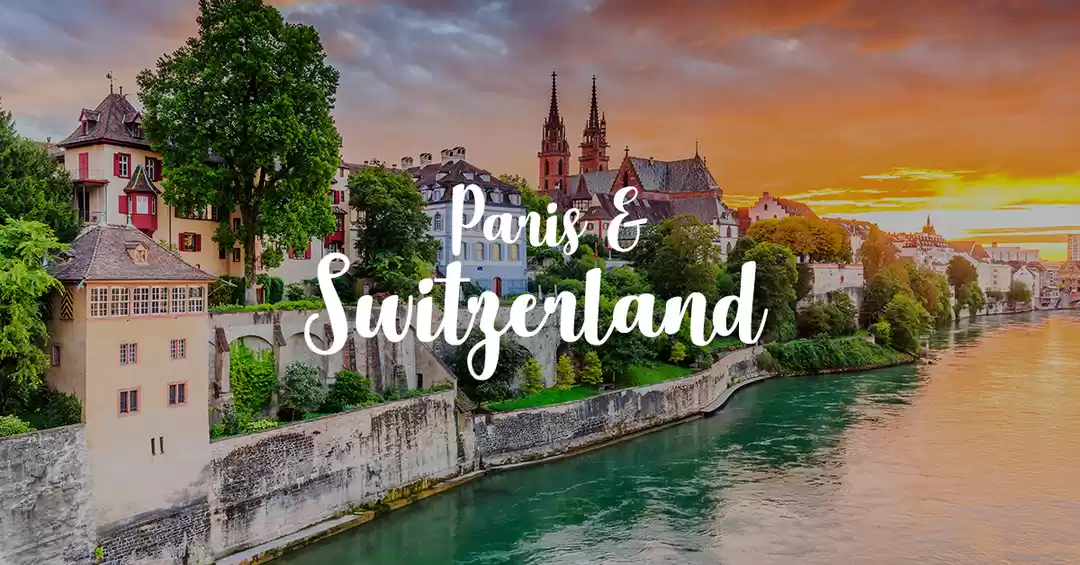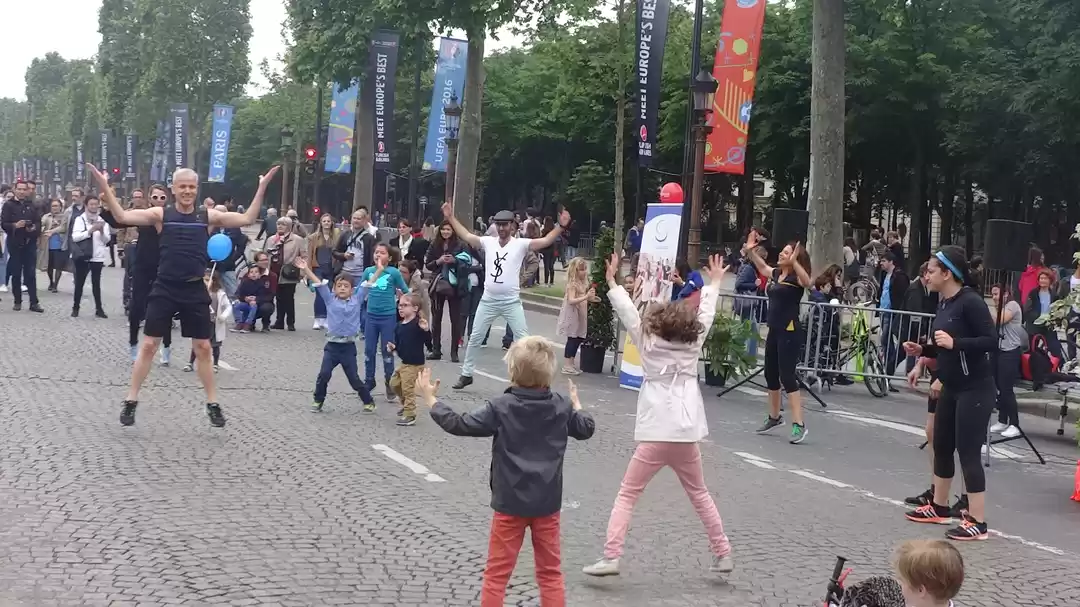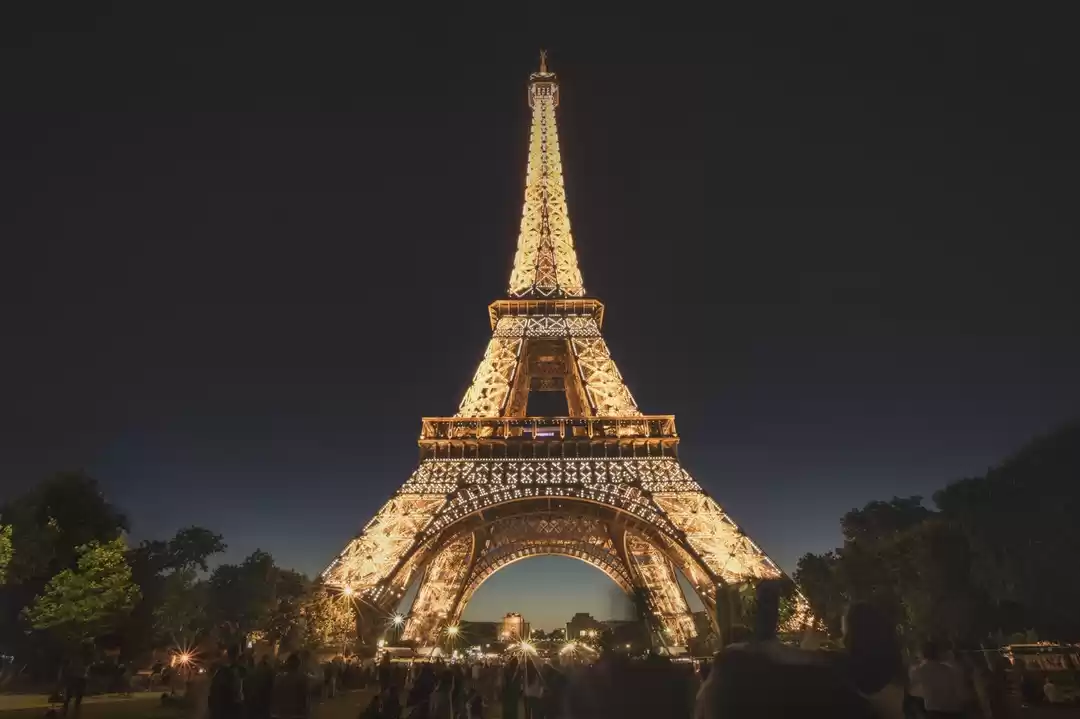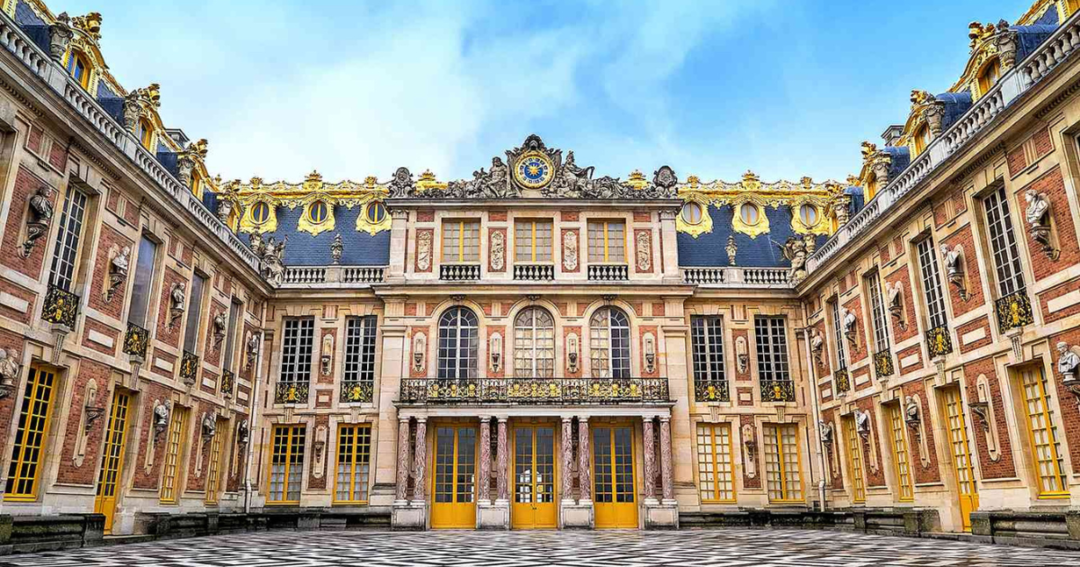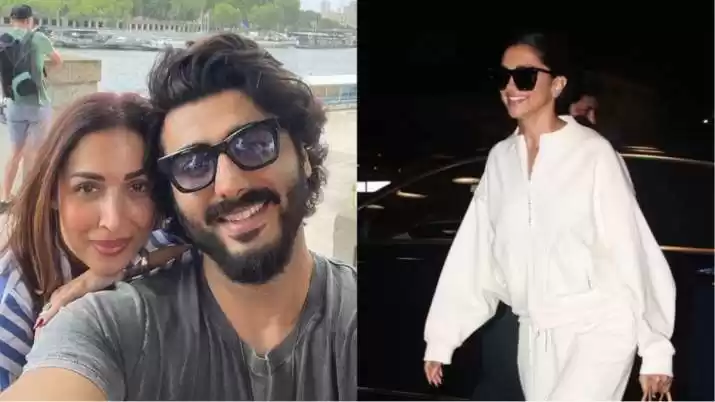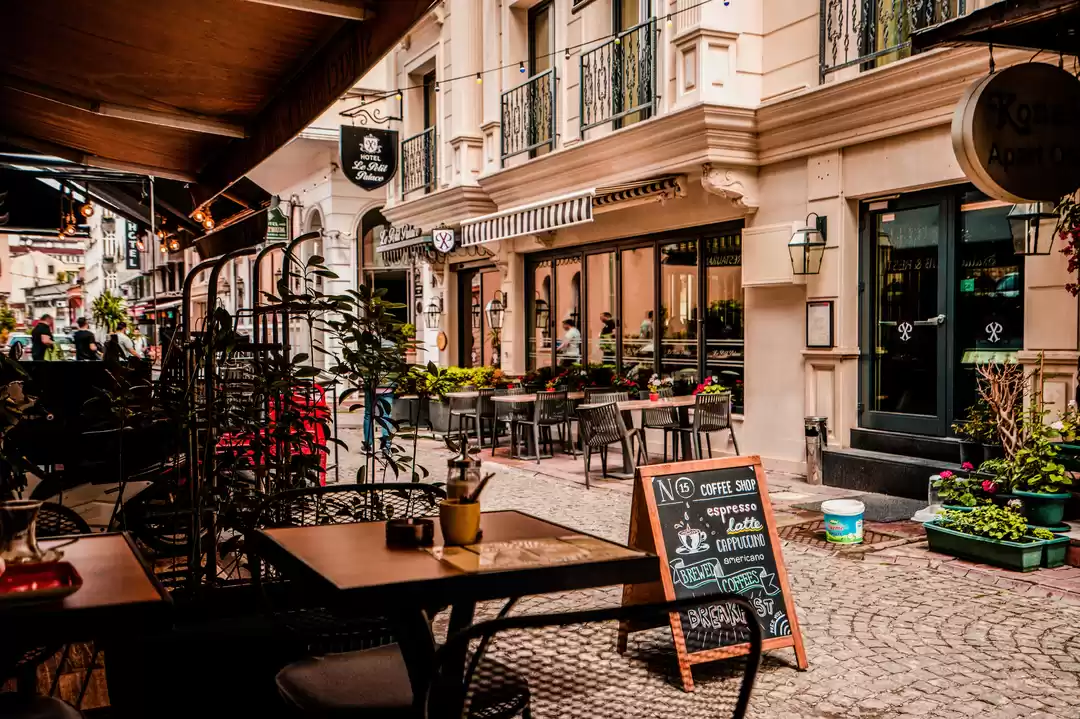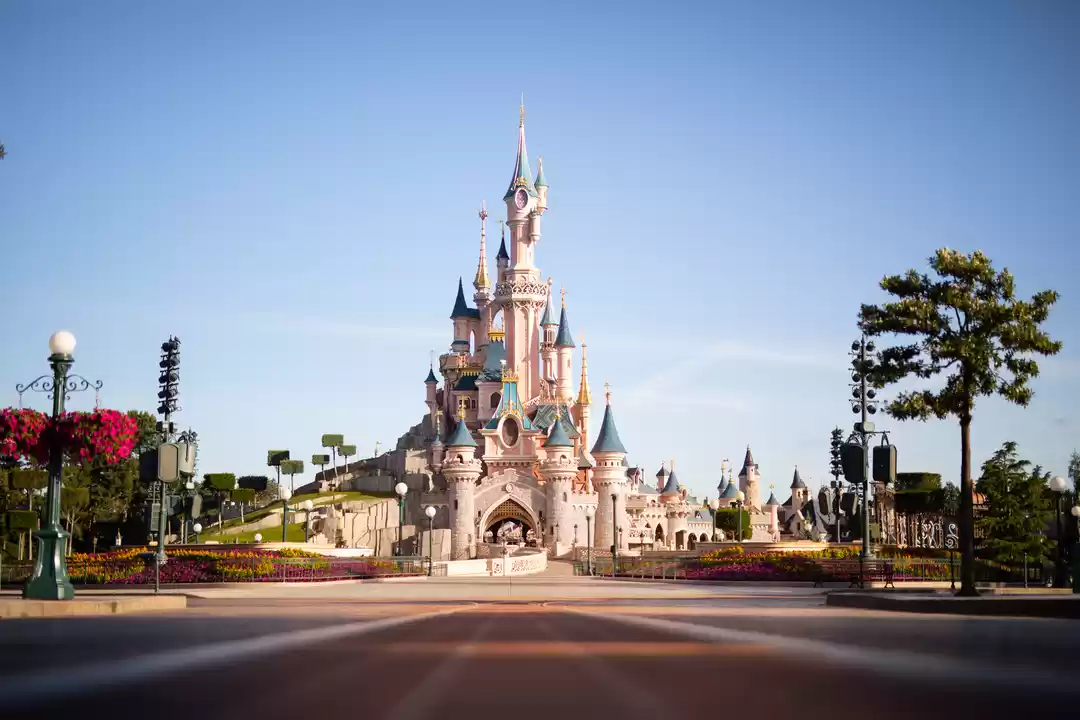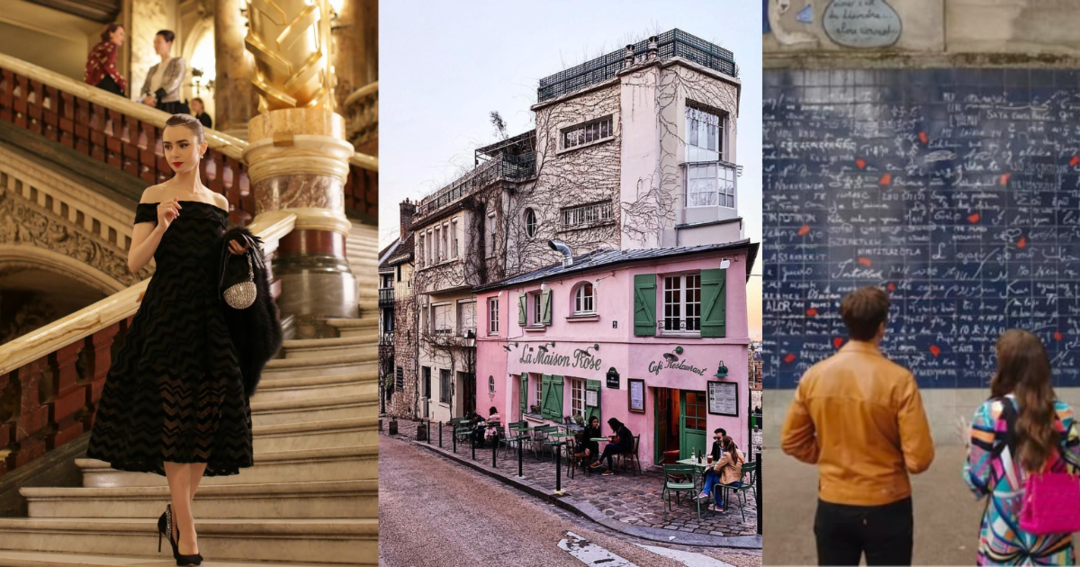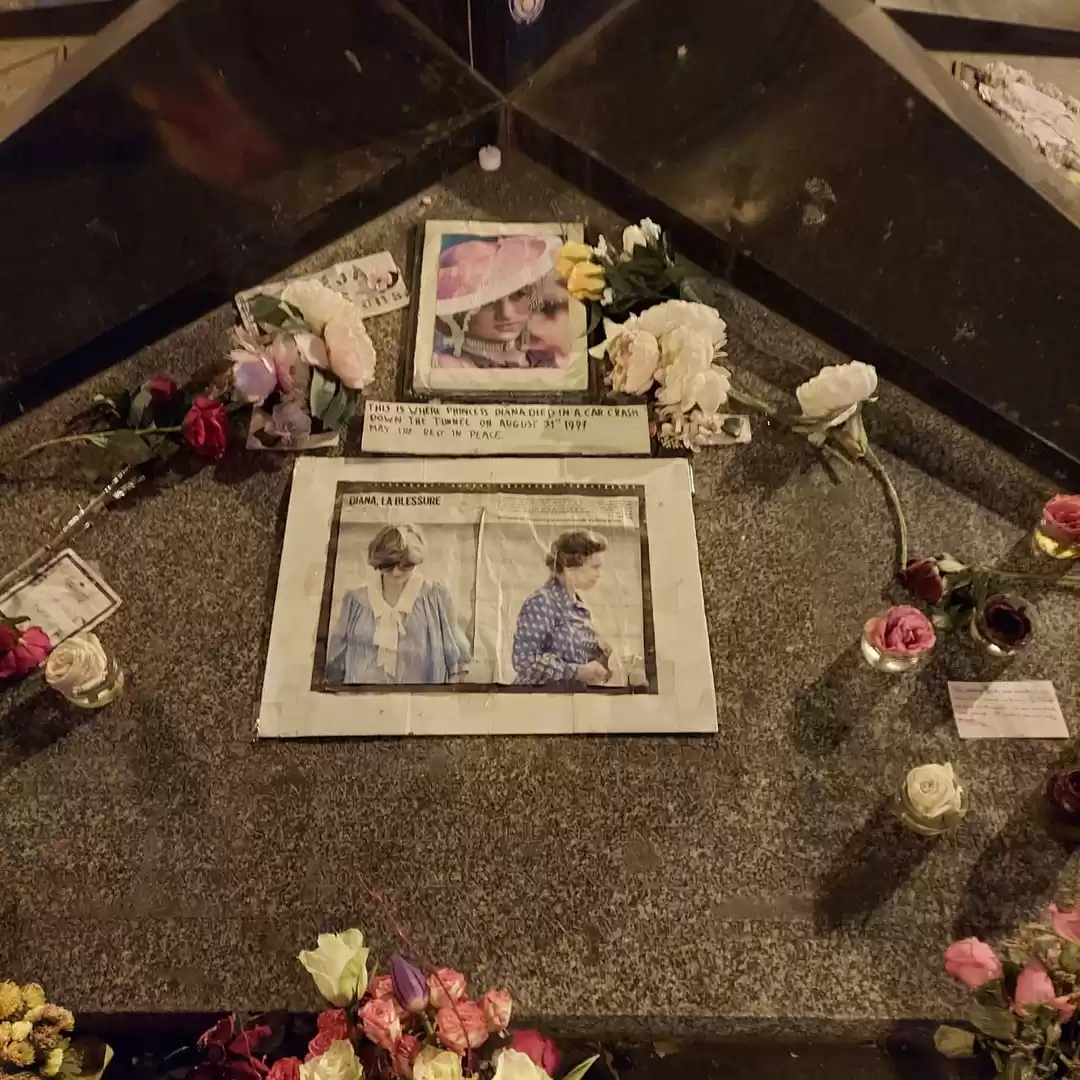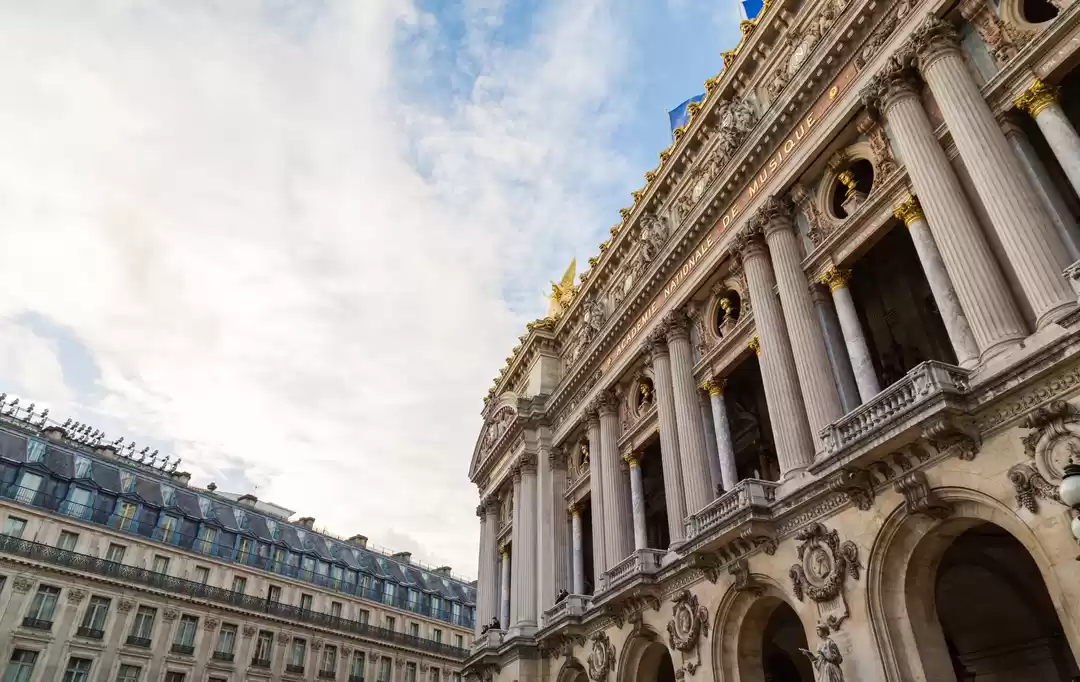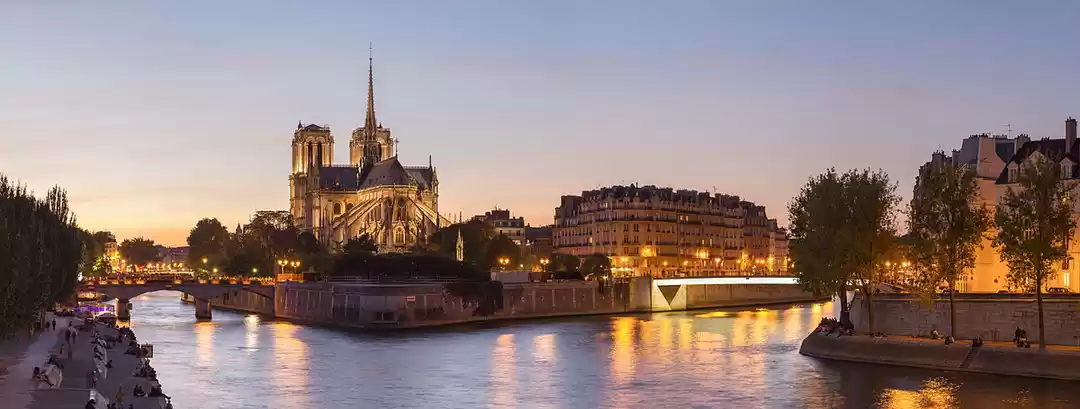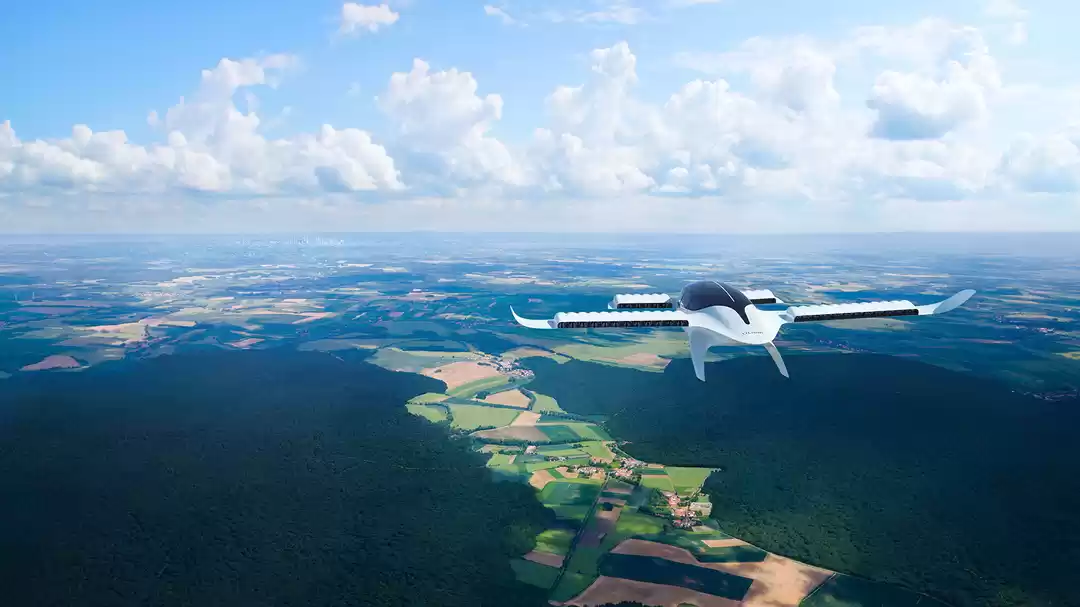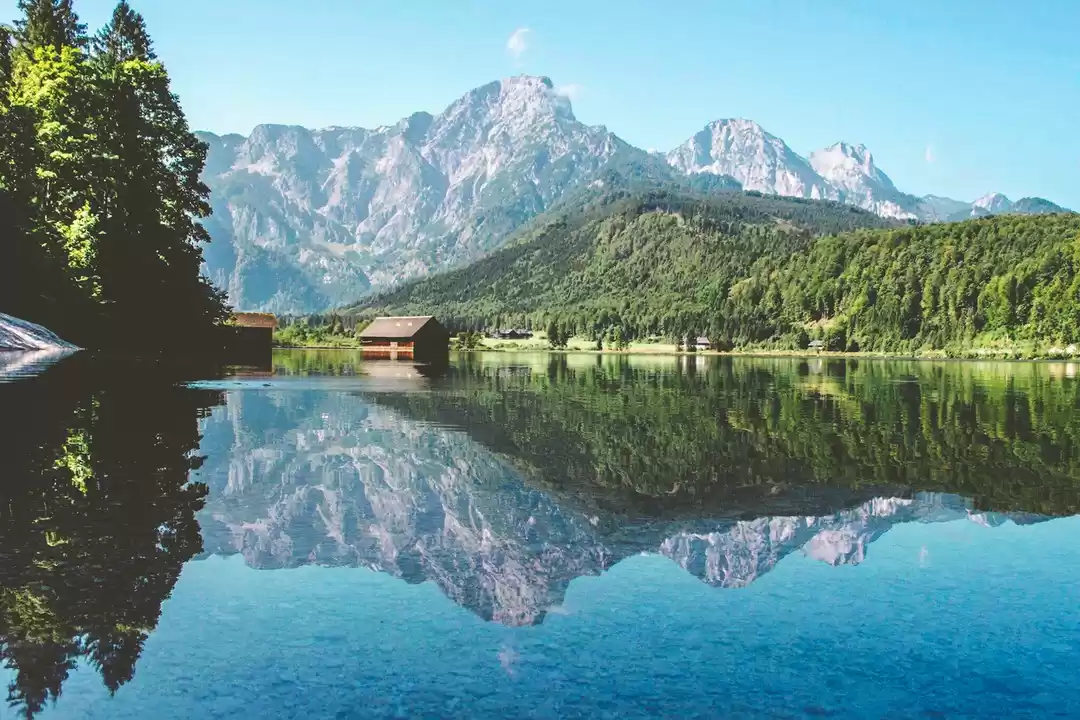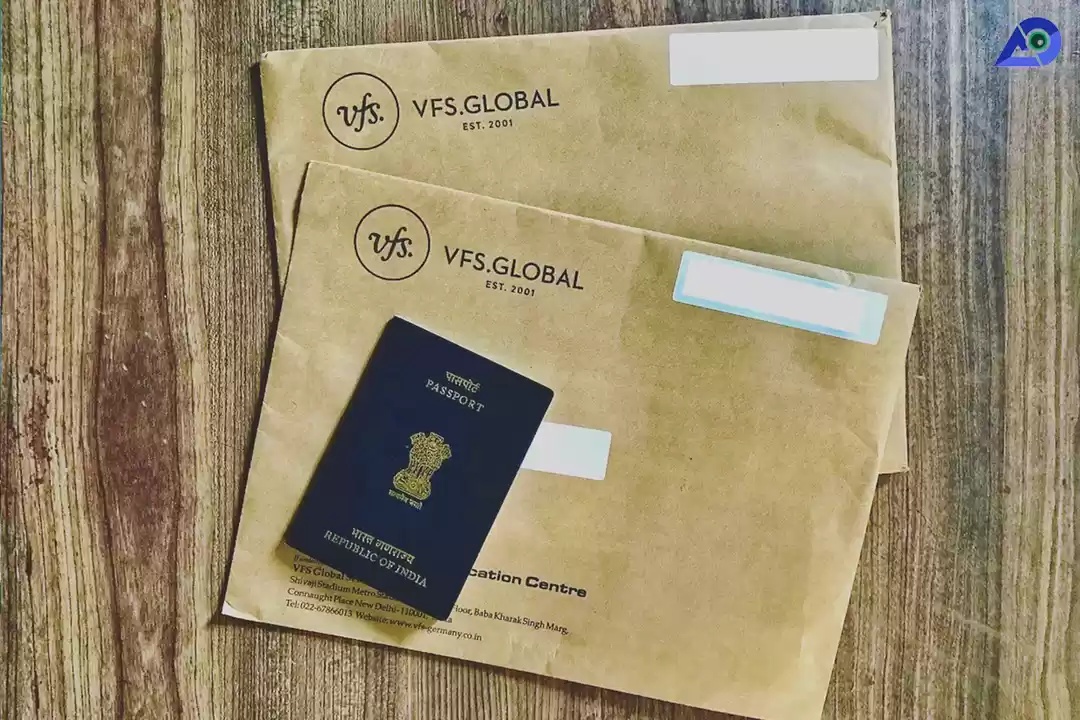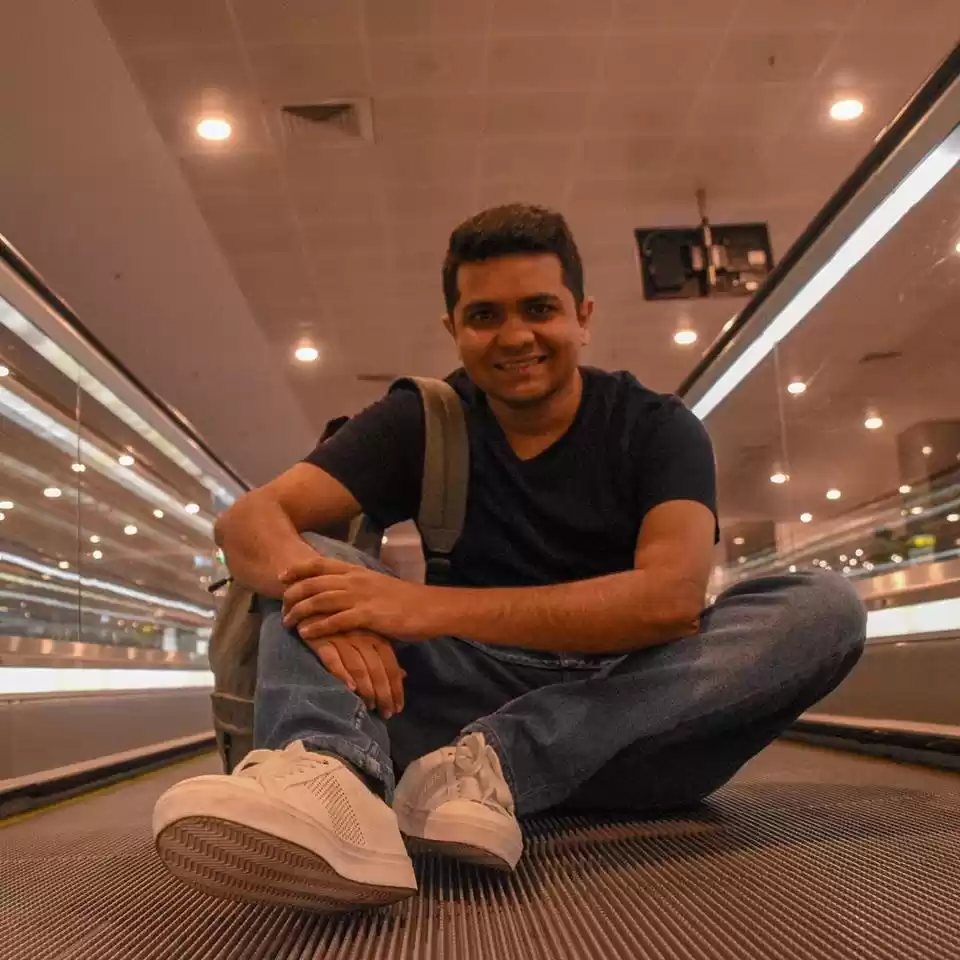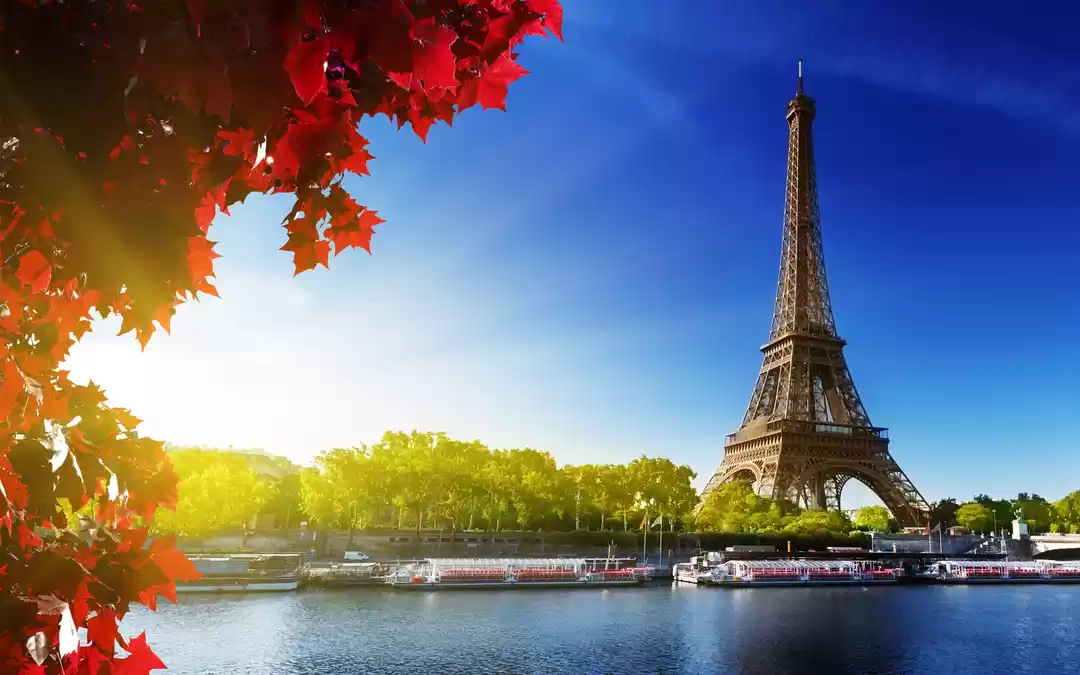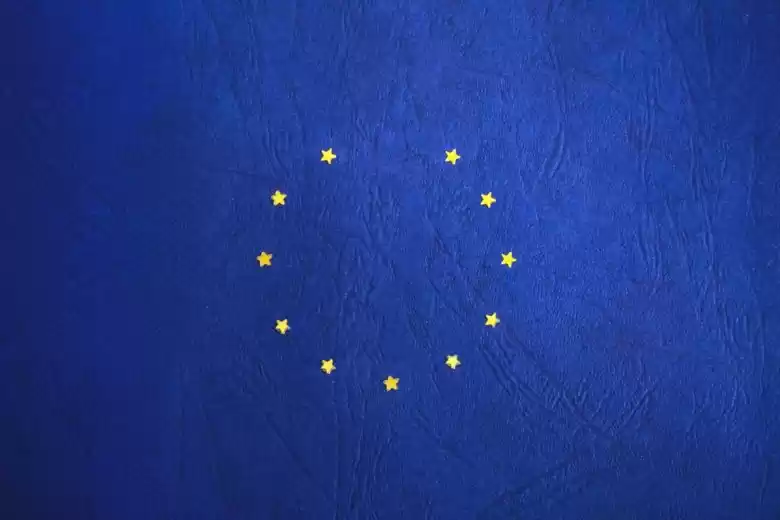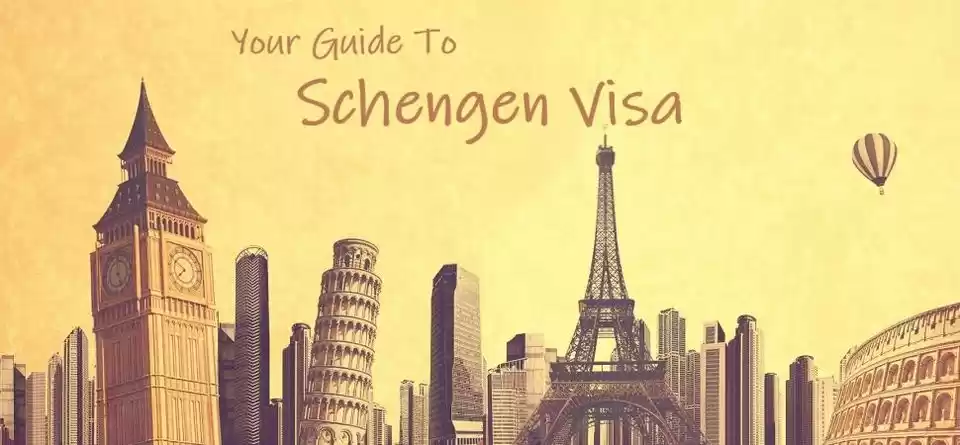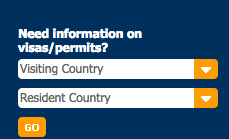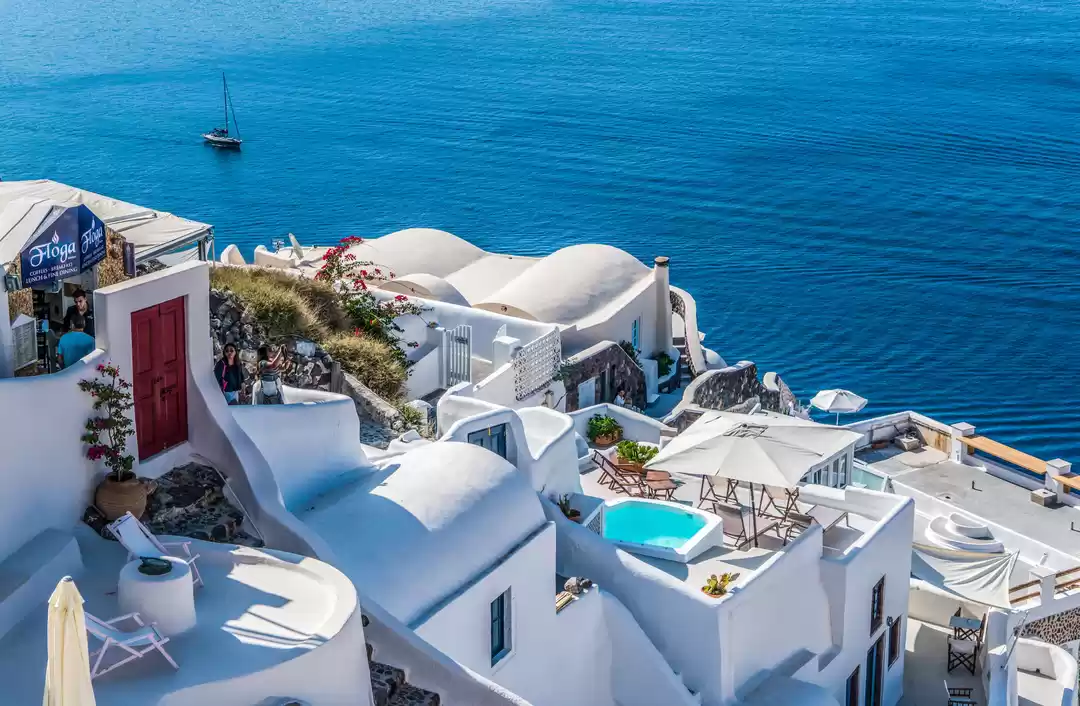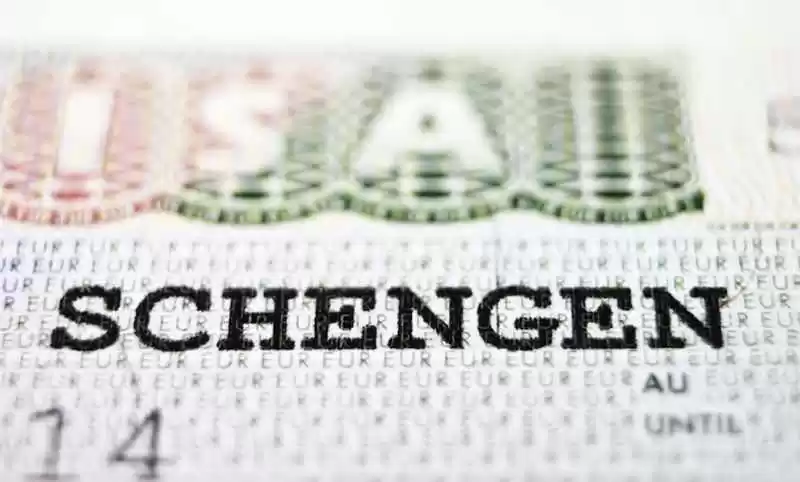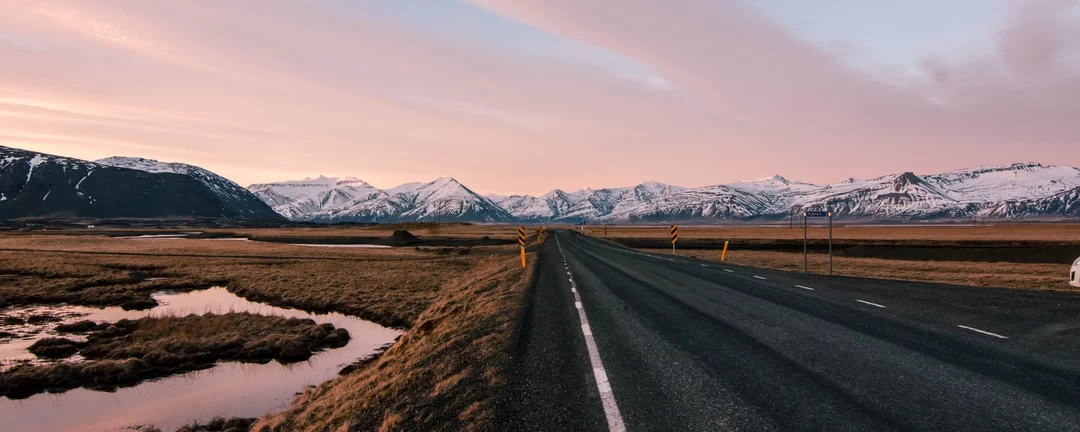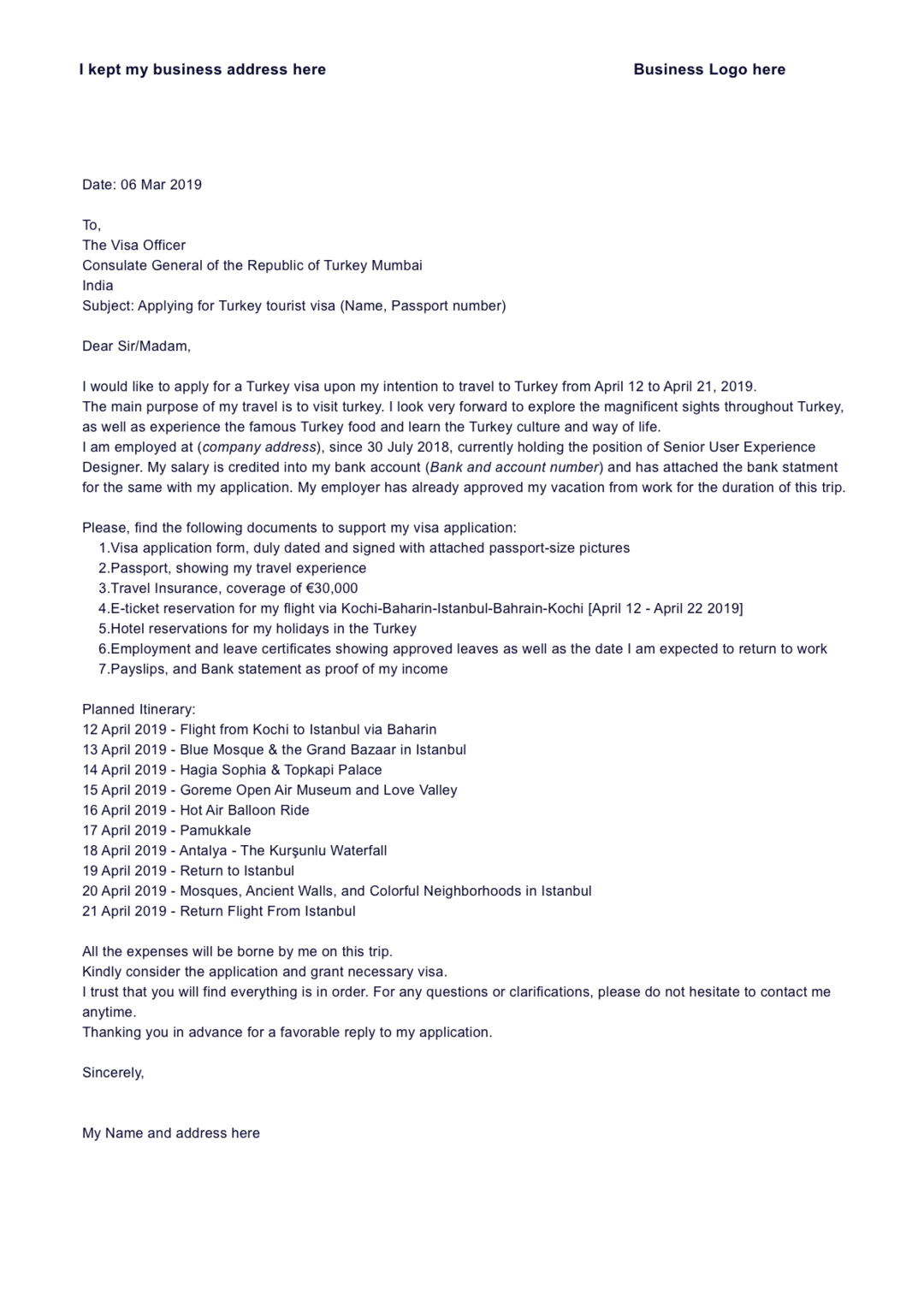
So let's get back to planning our Eurotrip. First, a quick revision of what we discussed in the previous post.
1. Pick the Time and Duration
2. Pick the Destination(s)
3. Book the Tickets
4. Book the Accommodation
Check out the previous post here --> Part 1
Well the major things are all done.
Let's continue our To-Do list :
5. Get the Visa
The Schengen Visa is a powerful and liberating piece of document for travellers wanting to explore Europe. A Schengen visa stamp on your passport enables you to freely travel through the open-border Schengen Area comprising of 26 member states.
Even though you have the freedom to move around all Schengen states, you are required to get the visa from one of them. As a general rule, the country granting you the visa must be the one through which you enter Europe or the one where you've planned your longest stay. The rules are specific to each country and its best to check before applying. We applied to France on both occasions as my husband had work in Toulouse and also, our entry point was Paris (Remember I mentioned in the previous post that tickets to the larger airports are always cheaper).
I enquired from the French Consulate in Bangalore and found out that they do not entertain direct applications and all papers must come to them through VFS. VFS Global is a consultancy which puts your application and supporting documents in order and submits them to the Consulate or Embassy on your behalf for further processing. I found the entire process very smooth and the staff was cooperative and helpful throughout. I applied for a tourist visa and my husband applied for a business visa. The fee for both is about INR 6K. The application procedure is very simple and straight forward and I fail to understand why so many people opt for brokers and agents.
Once you've decided which country you are applying to, the first thing to do is to download the application and the visa checklist from VFS. The application form is easily understandable and simple to fill. Meanwhile, you should parallely get on with booking the visa appointment for submitting the filled application and supporting documents at VFS. You can also get friends or family to drop these on your behalf but they would require a duly signed authority letter. We booked the appointment online and made sure that all our documents were ready in time.
The checklist comes in very handy to know what you need to submit. The must-haves for a Schengen Tourist visa are:
A: Filled and signed application form with 2 color photographs (must be with a light background. Check the photo specs for different countries).
B: Last 3 month salary slips
C: Last 3 month bank statement (attested by the bank)
D: Last 1 year Income Tax papers
E: Cover letter with detailed itinerary
F: All transfers within Europe
G: All stays
H: Medical Insurance (check for different companies allowed)
I: Letter from employer stating period of leave
J: Letter of invitation (if visiting relatives)
K: Letter from sponsor (for students or people who are unemployed)
L: And of course, your Passport !
With all documents in hand, we visited VFS on the day of the appointment. We booked the first available slot (8 am) and realized that its best to reach there and get done with it as early as possible since there's no spill over and things run smoothly. I've heard from friends that by noon, there's absolute chaos and long waiting lines.
After handing in all document, passport, and paying the visa fee, we were told that it would take about 3 days to process. You get an option to collect your passport after stamping from VFS or get it delivered at your doorstep. The next day we got the message that the visa is processed !
Some things to note:
* Make sure to enquire about transit visa requirements, if any, for stopovers in between. Even if you have a short transit and would not leave the airport also, you have to worry about this as there's no visa on arrival in certain countries. E.g. You would need a UK transit visa (UK does not entertain Schengen visa) if your flight is via London. You can go through the rules and find that some cases are exempt (depends on your passport and your destination) but with an Indian passport and a Schengen stamp for visiting Europe, you would not be allowed to board your flight from India if you do not have a UK Transit Visa for you flight via London.
* Make sure to get a visa from your main destination (country of longest stay). If you are travelling to multiple countries (like me), its best to apply to the country of entry.
* From 2016 onward, European countries have started taking fingerprints and photographs of applicants to help curb migrant crisis and help stop visa frauds. So you can expect longer queues and may have to physically be present at the visa appointment.
* It is advisable to avoid any lacunae in your itinerary or documents. I do not know about other places, but VFS Bangalore carefully scrutinizes all applications and documents to ensure completeness. E.g. The person ahead of me in the queue was turned away and asked to return another day, in spite of having return tickets and accommodation, since he had not booked a night stay in Paris the day before his return flight from CDG. Some may find it harsh but in a way VFS is helping save you time and money by not accepting your incomplete application or documents and forwarding them to the Consulate or Embassy for denial of visa and wastage of fee.
* This is specific to VFS Bangalore. For some reason, there was no option to pay by credit/debit card (on 3 occasions that I came across) so make sure to carry enough cash.
6. Plan the days (roughly)
With the cities decided, its not so tough to figure out how you would wanna spend your time there. This is something you can do without, but in my opinion must not neglect. You can decide all your activities for different cities based on your interests. I like to randomly search about things to do or food to try or experiences to cherish in a city. Reading good blogs also helps a lot. The must-see places in the cities are generally always packed. So you can also walk around the city or take advantage of the metro network to roam around non-touristy parts. We never had a very solid plan figured out for each day. But had an idea of the places we should not miss. We also incorporated our hosts' recommendations in our plans. At places we liked, we spent as much time as we wanted to and quickly skipped through those we did not find interesting.
If you are an art buff you can plan to visit the thousands of museums that Europe houses. We however are not interested in that and would rather spend the entire day roaming and people-watching around the city. Its a personal choice and being the boss your plan you can make any change at any time.
Another thing that we enjoyed was walking tours. We booked free walking tours with Sandeman's New Europe Tours and found it to be an interesting and fun way to familiarize with a city. The tours were short and simple and the guides were helpful and informative. With this we got to know about the cities, about the neighborhoods, the culture, the history etc. The tours last around 3 to 4 hours and at the end of the tour, you can tip your guide based on your experience. The tour gives you an overall jist of the city and later you can spend time at the place you loved most. Our guides also gave recommendations on what to do in the city afterwards and also suggested specialties that we must try out. They also have a few paid tours and encourage you to take them but its entirely your choice.
Some things to note:
* Big cities like Paris and Rome can be easily explored on metro and foot. The transport network is excellent and every attraction in the city is a 2 minute walk from a metro station. Daily metro passes cost around 5 to 10 Euros and are the best way to discover the city. I swear by the public transport in these cities as through our entire trip we never had to book a taxi. Whether its early morning or past midnight, you can easily find public transport. But you definitely need to exercise caution at deserted places.
* Cities like Bruges are meant to be walked around and paddling around in the city is a must-do for Amsterdam. So find out the best way to explore your destination and don't hesitate to try it out.
* Its best to try local cuisines as it saves you money and also introduces you to the culture.
* Popular places like The Louvre or Eiffel Towel or Colosseum are packed throughout the day. The best chance you can take is to visit these crowd magnets as early in the day as possible. We were in queue for the Colosseum early morning and spent a good amount of time soaking in the magnanimity of this age-old structure.
* Sight seeing is your own choice so do not get bullied into seeing places you'd rather give a miss. People are shocked to hear that we went to Paris but did not climb the Eiffel Tower or did not see The Monalisa. Well, its totally OK not to do these "tick-off-the-bucket-list" kind of things if it does not suit you. Instead of waiting hours in queues to get on the Eiffel Tower, we walked around the majestic monument, witnessed it sparkle every one hour, enjoyed Wine and Baguette sitting in the adjacent lawns and took a cruise on Seine river for perfect lit-up views of all Paris monuments. As for The Monalisa, both of us are not interested in art and decided not to waste time inside The Louvre. We instead visited several authentic Parisian cafes and bakeries to tempt our palate and have no regret whatsoever.
8. Buy Forex
The last thing we did was buy Euros for our trip. With the travels and the stays already paid for, we reckoned that we did not need much. We thought that ~ 100 Euros (INR 7500) per day would suffice and it did. In spite of having an international credit card, we went ahead and bought a multi-currency travel card as it comes out cheaper. We took some money in the card and some as cash and easily went through our days on the planned budget.
Some things to note:
* Even though your travel and stays are prepaid, there are plenty of other expenditures for which you would need the local currency. The amount should be enough to take care of food, travel within city, entry tickets, local tours, souvenirs, shopping and emergency spending.
* Do not hesitate to take buffer currency. Even if you are not able to spend the entire amount or have no plans of future visits, its wise to buy a little more than required. You can always come back and sell the Forex to the company you bought it from or give it to friends or family visiting Europe.
* Currency conversion costs more at airports and is reasonable if you're carrying less. But its better to go to a travel agent or a foreign exchange company in case you want to carry more quantity.
* Some European countries have not adopted the Euro e.g. Switerland, Czech Republic, Poland etc. Conversion is easy at bus and train stations but its advisable to carry some currency for these countries.
7. And its a wrap
So finally everything's been taken care of. Now pack your bags and get going !
I hope I've been helpful with this post. I thoroughly enjoyed planning both these trips and loved writing about it.
In the next post I would discuss about tools/apps that were helpful in planning our trip.
Have a wonderful vacation.
Give my love to Europe !



